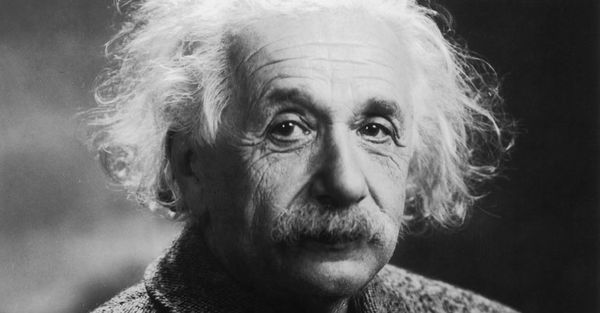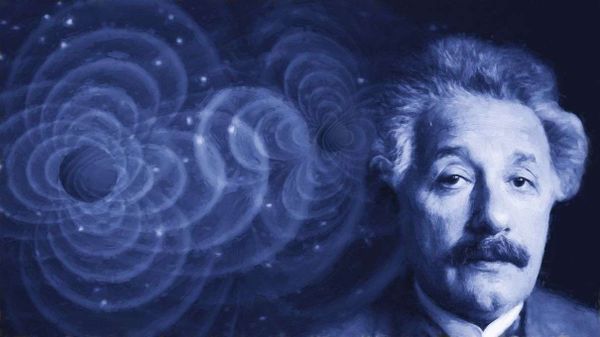
People tend to use the terms mass and weight interchangeably, but they're quite distinct. Weight is the measurement of gravity's pull on an object, whereas mass denotes the amount of matter an object contains as well as said object's ability to resist changes in its state of motion. Admittedly, the mass vs weight debate sounds complicated, but there are many fun facts that distinguish the two terms.
Climb Mount Everest and you're guaranteed to lose some weight, but not because of the exercise. A person who's standing at sea level weighs slightly more than they would atop the mountain's peak. There's an example of weight, as gravity pulls on an object. Weight varies, whereas a body's mass doesn't.
Advertisement
Mass is a different beast altogether, one that's proven extremely hard to define. Let's say you're still on Mount Everest with your backpack of supplies. While you've lost a bit of weight due to your altitude, the mass of, say, your backpack remains constant. It may feel lighter, thanks to less gravitational force, but the object's mass measures the same. In this article, we'll explore five fun facts about mass, which will prevent you from confusing it with weight ever again.

